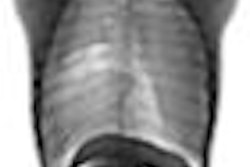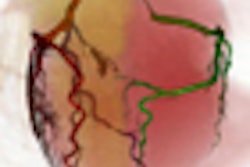Dear Advanced Visualization Insider,
The clinical utility of computer-aided detection (CAD) technology continues to broaden. Researchers from Chicago and Japan have found that a new CAD scheme can aid in distinguishing hepatocellular carcinomas and metastases from benign lesions on contrast-enhanced ultrasound images.
The CAD scheme, developed for the analysis of microflow imaging of contrast-enhanced liver ultrasound exams, classifies focal liver lesions into three histological differentiation types -- hepatocellular carcinoma (HCC), liver metastasis, and hemangioma. By diagnosing a focal liver lesion as a well-differentiated HCC, for example, less invasive percutaneous local ablation therapy could be used, reducing treatment time, costs, and risks to the patient, according to the researchers.
Staff writer Eric Barnes provides all of the details in this month's Insider Exclusive, which you have access to before it is published for the rest of our AuntMinnie.com members. To learn more, click here.
In other stories we're featuring this month in your Advanced Visualization Digital Community, a South Korean-led research team found that CAD can significantly increase the detection of lung nodules. However, it did not produce a statistically significant increase in lung cancer detection. You can find that article here.
In addition, a breast ultrasound CAD prototype was found to produce varied performance depending on factors such as the clinical environment in which it's used and possibly even the ethnicity of the patients. Staff writer Cynthia Keen has our coverage of the research, which you can access by clicking here.
Also, do you have any interesting images or clips that might be suitable for our Advanced Visualization community gallery? I invite you to submit them by clicking here.




















